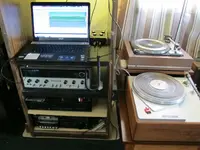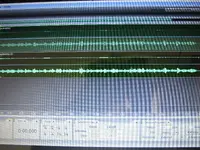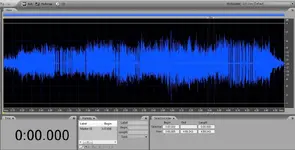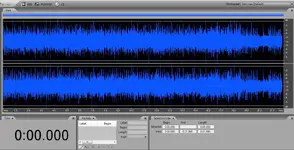S
SteveinAlaska
New member
I have been working my way through learning to use 3.0 with an ASUS laptop/Windows 7 & Tascam MK122 II pc interface. The work involves recording 78rpm records to end with CDs of same.
I have a glitch......left channel has a "blip" that lasts for 5 seconds and causes a corresponding drop in right channel audio. I am working with 3 different turntables but am experimenting with a single record as my sample. It's a late 1940s Billy Eckstine MGM recording.
The only other issue is that I need to know what to do to remove/invert or do away with the RIAA curve as I understand is built into the Adobe software in some fashion. I have found and would use the references as they pertain to using correct parameters in recording these 78s if I knew what to do for what should a primary step in dealing with RIAA curve.
A thank you to any help and advise given. I am enjoying this new hobby
I have a glitch......left channel has a "blip" that lasts for 5 seconds and causes a corresponding drop in right channel audio. I am working with 3 different turntables but am experimenting with a single record as my sample. It's a late 1940s Billy Eckstine MGM recording.
The only other issue is that I need to know what to do to remove/invert or do away with the RIAA curve as I understand is built into the Adobe software in some fashion. I have found and would use the references as they pertain to using correct parameters in recording these 78s if I knew what to do for what should a primary step in dealing with RIAA curve.
A thank you to any help and advise given. I am enjoying this new hobby





